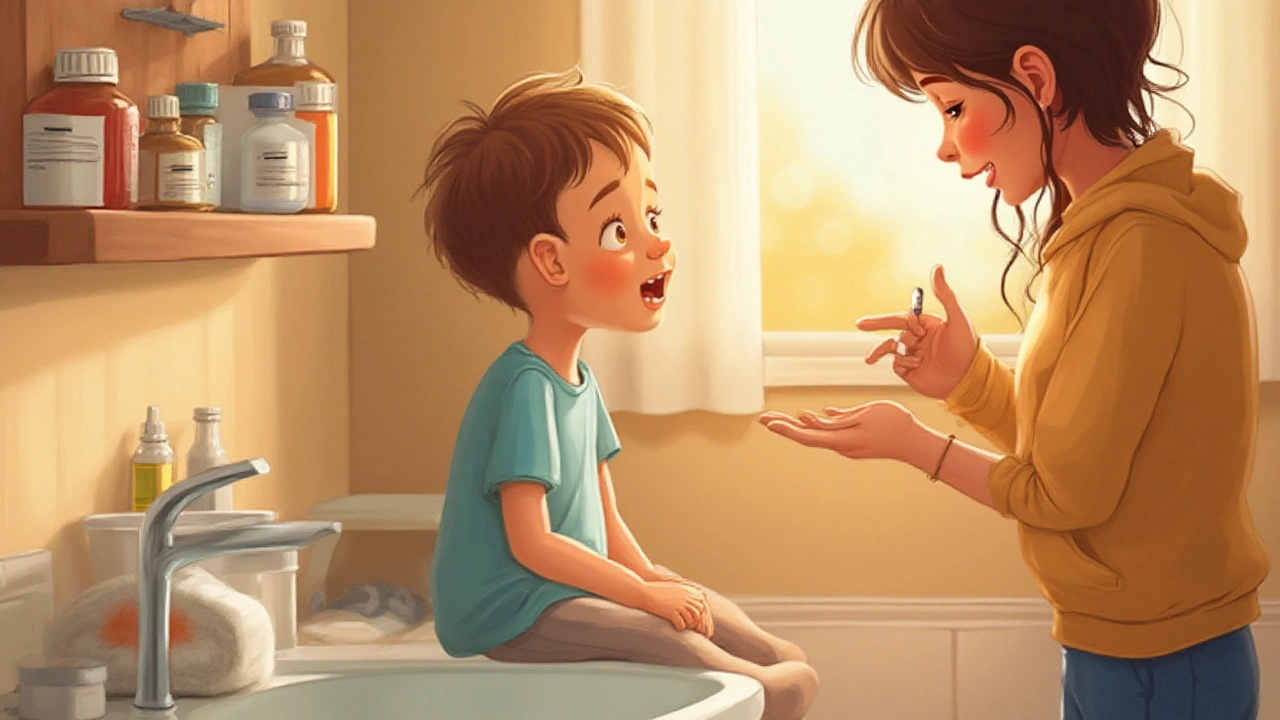Ear Drops: Simple Answers for Relief, Safety, and Smart Choices
Stuck with an itchy ear or stubborn ear pain? Ear drops are one of the easiest ways to deal with common ear problems like infections, wax buildup, or even allergies. The trick is knowing which ones to pick, how to use them, and what signs should have you heading to the doctor, not the pharmacy.
First, not all ear drops are the same. There are drops for earwax softening, drops for swimmer’s ear, and drops that battle fungus or bacteria. If your ear feels blocked and you haven’t had a recent cold or allergy flare, wax may be the culprit. Softening drops break it up, which makes it easier to rinse away at home or for a doctor to remove. Don’t have wax? If your ear is itchy and you swim a lot, swimmer’s ear drops can prevent infection by drying out extra water inside the canal.
Next up, safety. Don’t just grab the first bottle you see. Always check the label—some prescription-only drops treat infections, while others are over-the-counter and meant for general discomfort or wax. Never use ear drops on a child under the age stated on the bottle unless a doctor tells you to. If you, or your child, have a hole or tube in the eardrum, steer clear of drops unless your doctor says it’s okay.
You might be wondering, “How do I use these things right?” It’s not rocket science, but there’s a right way to do it. Start by washing your hands. Warm the bottle by rolling it in your hand—cold drops cause dizziness. Tilt your head to the side or lie down with the sore ear up. Gently pull the earlobe (up and back for adults, down and back for young kids). Aim the dropper at the ear canal wall, not deep inside. Don’t touch the dropper to your ear. Stay still for a minute, maybe even plug your ear gently with a cotton ball. Dosing done, bottle closed, hands washed again. Easy and safe.
If you notice thick yellow, white, or green gunk in your ear, pain that keeps getting worse, hearing loss that doesn’t bounce back, or any swelling around the ear—don’t rely on drops from the store. These signs mean it’s time to see your doctor. Drops only help with mild stuff or as a way to soften things up before medical care. Some infections need prescription meds to clear up for good.
A few practical extras: skip using ear candles, cotton swabs, or poking inside with keys or bobby pins. They can do far more damage than good. Ear drops are designed for gentle help—don’t make things worse by poking around.
Choosing ear drops can be confusing, but a bit of info goes a long way. Check the label, use them right, and don’t be shy to get checked out if your symptoms don’t budge. Your hearing—and your comfort—are worth it.

How to Use Ear Drops Safely for Ear Canal Infections: Step-by-Step Guide
Learn how to use ear drops for ear canal infections. Find essential steps, expert tips, and answers to common concerns in this practical guide.
view more